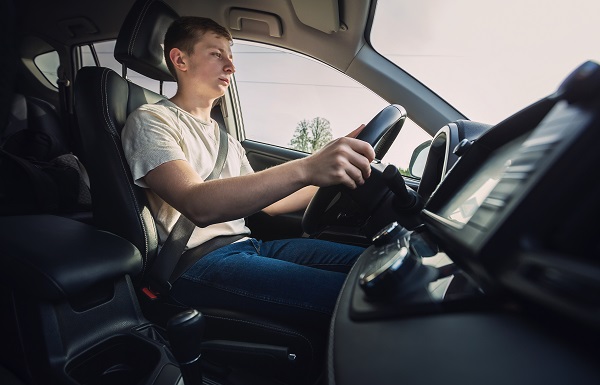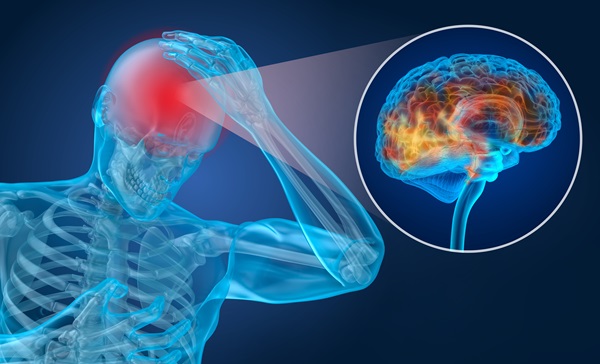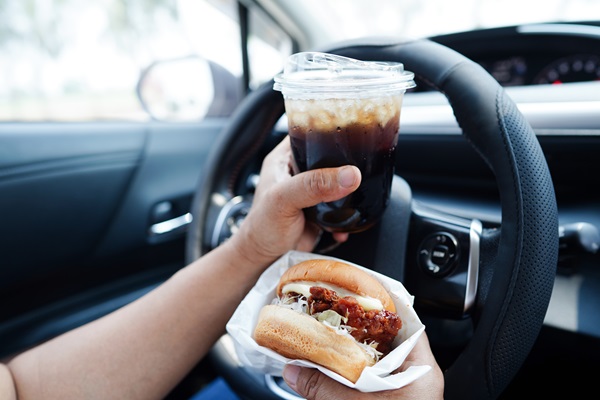New Vehicle Safety Tech to be Tested in Houston

In a bold move to enhance road safety, the U.S. Department of Transportation’s Federal Highway Administration announced on August 9 that it plans to award a $19.2 million grant to transportation officials in Texas. This significant funding will support the Texas A&M Transportation Institute’s efforts under the program “Saving Lives with Connectivity: Accelerating V2X Deployment.”
So, what exactly is V2X technology? V2X, or vehicle-to-everything, allows vehicles to communicate with other vehicles, traffic signals, pedestrians, and even roadside infrastructure. The idea is to keep drivers informed about their surroundings and to prevent car accidents before they occur. This technology may help improve situational awareness and reduce human error.
With V2X, cars can alert drivers about traffic signal changes, detect pedestrians and bicyclists in their path, and warn about upcoming slowdowns due to crashes or construction. Additionally, the technology can provide important updates on road and weather conditions.
How will the vehicle safety tech grant be used in Texas?
The $19.2 million grant will go toward testing this groundbreaking vehicle safety tech in two key areas: Greater Houston and Bryan-College Station. The project will utilize nearly 1,000 of Houston’s existing Signal Phase and Timing (SPaT) installations. SPaT technology helps cities improve time traffic signal changes by providing real-time data on signal phases. Another 30 intersections in Houston will come with this advanced system.
Greg Winfree, Director of the Texas A&M Transportation Institute, expressed enthusiasm in a statement about the grant. “By deploying these advanced systems in the Greater Houston area and College Station, we aim to serve as a national model for reducing roadway fatalities and improving overall traffic efficiency,” he said.
This grant is part of a larger $60 million package awarded to Arizona, Texas, and Utah. These states will collectively advance the deployment of V2X technology and potentially transform how road safety is approached across the country.
How will this vehicle safety tech be tested?
The testing will focus on various safety features, such as warnings for right turns on red, red light violations, wrong-way driving, and even emergency vehicle response times. It will also address hurricane evacuations, planned special events, and flood warnings.
In Bryan-College Station, 35 new intersections will get the V2X technology. The Texas A&M Transportation Institute will also equip 100 TAMU fleet vehicles, 100 personal vehicles, and 75-100 bicycles with this technology. The goal is to evaluate its effectiveness in real-world scenarios and potentially set a national benchmark for road safety.
We fight for injured crash victims
The advancements in V2X technology and the implementation of these safety systems in Texas are designed to make roads safer and prevent accidents. But despite these efforts, car accidents remain a reality, often resulting in serious injuries for those involved. When safety measures fail or negligent drivers cause harm, victims deserve justice and fair compensation for their damages.
If you or a loved one suffered injuries in a car accident in Texas, get legal help from Houston’s trusted law firm. The experienced car accident lawyers at Smith & Hassler know how to protect the rights of injured motorists and hold negligent parties accountable. With over 30 years of experience, we have a proven track record of success in cases like yours.
For example, we helped a client recover $800,000 after sustaining back, neck, and shoulder injuries in an intersection crash. In another case, a client received $537,000 for a mild traumatic brain injury and leg fracture sustained in a T-bone collision.
We offer a free consultation to discuss your case, explore your potential legal options, and provide honest answers to any questions you have. Our firm also works on a contingency fee basis, meaning you pay nothing unless we win your case. Contact us today to see how we can help you.













